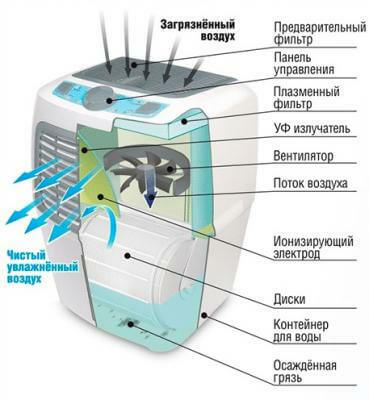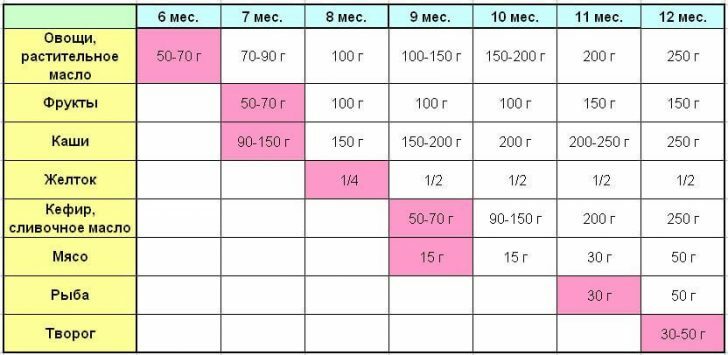Acetonemic syndrome in children
 Atsetonemichesikim syndrome in children( nediabetichesikim ketoacidosis, atsetonemicheskoy vomiting, cyclical vomiting syndrome atsetonemicheskoy, nondiabetic ketosis) is the set of symptoms that are characterized by an increase in the blood concentration of ketone bodies, namely decomposition products ketogenic amines and fatty acids( acetoacetic acid, β-Hydroxybutyric acid and acetone).
Atsetonemichesikim syndrome in children( nediabetichesikim ketoacidosis, atsetonemicheskoy vomiting, cyclical vomiting syndrome atsetonemicheskoy, nondiabetic ketosis) is the set of symptoms that are characterized by an increase in the blood concentration of ketone bodies, namely decomposition products ketogenic amines and fatty acids( acetoacetic acid, β-Hydroxybutyric acid and acetone).
Symptoms of "acetone"
- intoxication and dehydration suggest the appearance of dry skin and mucous membranes, hypodynamia, pallor of the skin with "acidotic" blush, oliguria, muscle hypotension, lagging of the tongue;
- increase in the size of the liver by several centimeters, which persists for a week after the crisis has been eased;
- lethargy, weakness, drowsiness( in particularly severe cases, lethargy is possible), which develop due to ketoacidosis, vomiting and diselectrolithy;
- hemodynamic disorders, manifested in the form of increased heart tone, in the case of a severe condition - in the form of tachycardia, a sharp change in blood pressure, weakening;
- Gastrointestinal syndrome, characterized by indescribable or repeated vomiting for several days, nausea, stool delay, lack of appetite, abdominal pains of a spastic nature. All attempts to eat or drink cause a vomiting attack;
- increase in temperature to 37.6 - 38.6 ° C;
- smells of acetone in the air, which is exhaled, acetonuria, the presence of vomit;
- at the beginning of a crisis appears anxiety and excitement, which soon give way to weakness, lethargy and sleepiness, in some cases, may appear meningism cramps and symptoms;
- hypoglycemia, in which the blood glucose level varies between 1.5-3.7 mmol / l. This is a constant and extremely important diagnostic criterion for AK;
- blood counts, such as ESR, neutrophilia, leukocytosis, moderate or moderately elevated. Infectious-inflammatory process is absent;
- hypoglycaemia, hypochloraemia, β-lipoproteinemia, metabolic acidosis.
Treatment "acetone"
 plant and equipment in the complex treatment of non-diabetic syndrome atsetonemicheskogo form in children are:
plant and equipment in the complex treatment of non-diabetic syndrome atsetonemicheskogo form in children are:
- Reception prokinetic( metaklopramid, motilium), cofactors and enzymes of the metabolism of carbohydrates helps to restore tolerance to food and to normalize the metabolism of carbohydrates and fats;
- Infusion therapy that helps to quickly eliminate the deficit of the extracellular fluid, and also promotes microcirculation and perfusion is composed of alkalizing substances, significantly accelerates the normalization of plasma bicarbonate and contains the necessary body volume of readily available carbohydrates that are absorbed in various ways, including those who do notDepend on insulin;
- A diet that is prescribed to all patients;
- Etiotropic therapy( antiviral drugs and antibiotics), which can be prescribed by a doctor according to the indications.
In cases where ketosis expressed moderately and is not accompanied aqueous electrolyte disturbances, vomiting and incessant dehydration recommended use of oral rehydration therapy and diet therapy with a dosage reception prokinetic age and appointment causal therapy of the underlying disease.
Indications for infusion therapy
- The fact of the presence of severe( more than 10% body weight) and moderate( up to 10%) dehydration;
- The fact of the presence of metabolic decompensated ketoacidosis accompanied by an anionic extended interval;
- Individual signs of pathologies in the mind, such as coma and sopor;
- Reusable vomiting, which does not stop even after using prokinetics;
- The fact of the presence of functional and anatomical difficulties for the procedure of oral rehydration( these may be anomalies in the development of the oral cavity and facial skeleton);
- Neurological disorders( pseudobulbar and bulbar);
- The fact of the presence of microcirculation and hemodynamics.
Before the start of infusion therapy procedures should be organized, reliable access to the veins( most preferably peripheral), remove the hemodynamic parameters, water and electrolyte and acid-base balance.



